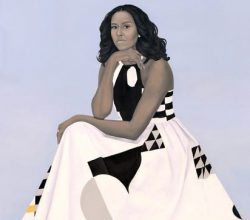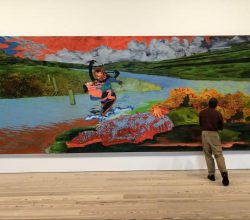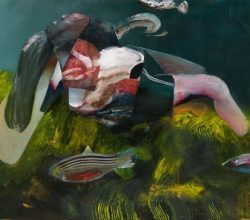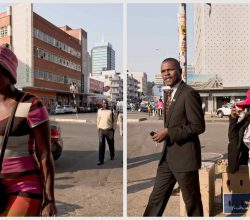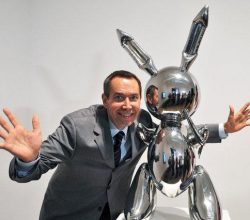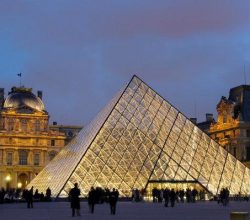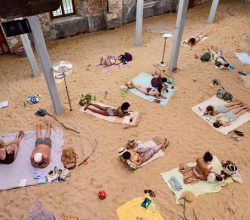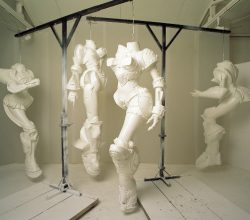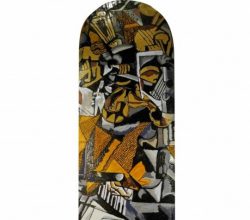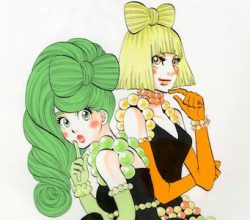
Manga at the British Museum review — much in common with Michelangelo
Waldemar Januszczuk | The Times | 26th May 2019
With manga, Japan elevated “the modern graphic art of storytelling”. Manga is now widely influential in Western culture. Pictures dominate text and “the range of pictorial invention on display … is staggering.” Not all the stories are about superheroes: “Manga has become ubiquitous in Japanese daily life precisely because daily life is so often its subject.” A beginners guide is here.

